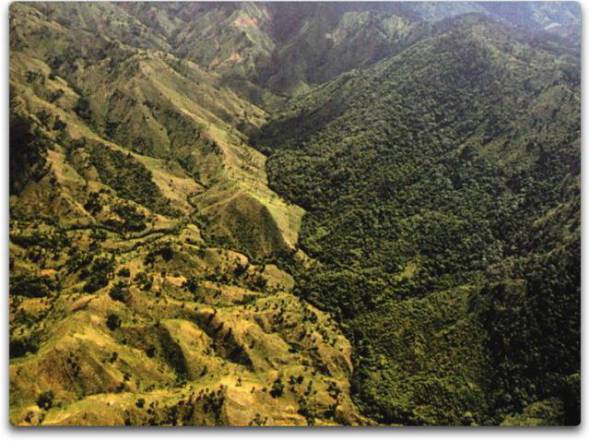Comments due by April 20, 2018
Water inequality is increasing in the world’s
most environmentally stressed nations, warn the authors of a report that shows more than 800 million
people need to travel and queue for at least 30 minutes to access safe
supplies.
Despite an overall increase in provision of
tap water, the study - the State of the World’s Water 2018
- charts the gaps within and between nations, as poor communities face
competition over aquifers and rivers with agriculture and factories producing
goods for wealthier consumers.
While recent headlines have focused on
the drought in Cape Town, the NGO WaterAid, which
published the report on Wednesday, noted that communities in many other regions
have long been used to queues and limited supplies.
By far the worst affected country is Eritrea,
where only 19% of the population have basic access to water. It is followed by
Papua New Guinea, Uganda, Ethiopia, the Democratic Republic of the Congo and
Somalia, all of which have rates of between 37% and 40%. It is no coincidence
that many of these nations have large numbers of refugees living in temporary
shelters.
Within countries, there is also considerable
variation linked to income and other factors. In Niger, only 41% of the poorest
people have access to water, while 72% of its wealthiest do. In neighbouring
Mali, 45% of the poor have access to water, compared to 93% of the rich.
“Inequality in access to water is growing
primarily as a result of a lack of political will,” said Lisa Schechtman, the
director of policy and advocacy for WaterAid.
“There is a risk of leaving people behind,
particularly in remote rural areas and among displaced communities.”
Most vulnerable are the old, sick, disabled
and displaced people in remote or rural locations.
Gender is also a key factor because woman bear
the brunt of the burden of collecting water. The time-consuming task of
fetching the UN-recommended 50-litres per day for a family of four takes the
equivalent of two and half months each year, the report says.
Collecting water time in school and raises the
risks of disease. Children are often the victims, with close to 289,000 dying
each year from diarrhoeal illnesses related to poor sanitation.
There have been improvements. The proportion
of the world’s population with access to clean water near their home has risen
from 81% to 89% since 2000. But this leaves 844 million people with a journey
and queues of at least 30 minutes to a safe source.
The greatest progress has been seen in big,
fast-growing developing nations. China has seen an extra 334 million people get
access to water between 2000 and 2015, followed by India with 301 million.
The biggest proportional gain was in
Afghanistan, where a post-war reconstruction effort raised the proportion of
people with access to water from 27% to 62% since 2000. Laos, Yemen, Mozambique
and Mali have also seen rapid progress.
However, the report notes the world still has
much work to do to achieve the UN’s sustainable development goal 6, which is to
provide safe water and sanitation to everyone by 2030.
This summer, world leaders will meet in New
York to review progress on this and other development targets.
To close this gap, WaterAid is calling for
more tax revenue to be mobilised to provide water for the poorest, improved
environmental management and support for people who speak out on the
UN-recognised right to safe drinking supplies and sanitation.
The problem of access is increasingly
complicated by climate change, pollution and a growing global population.
A separate report by the UN earlier this
week forecast that 5 billion people could face shortages for at least one month
a year by 2050.
Jonathan Farr, WaterAid’s senior policy
analyst on water security and climate change, said recent droughts highlighted
how extreme weather is adding to water stress on the poorest. “Cape Town is a
wake-up call, reminding us that access to water, our most precious resource, is
increasingly under threat.
“Those marginalised by age, gender, class,
caste or disability, or living in a slum or remote rural community, are hardest
to reach and will continue to suffer as long as governments do not prioritise
and fund access to water for all, and while disproportionate use of water by
industry and agriculture continues.”




